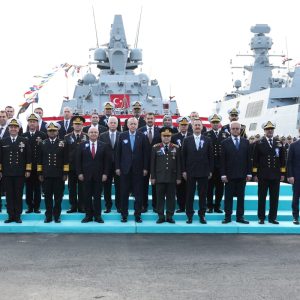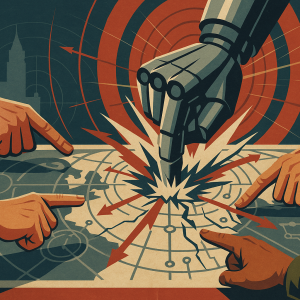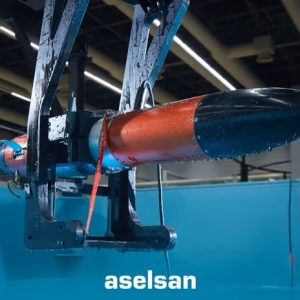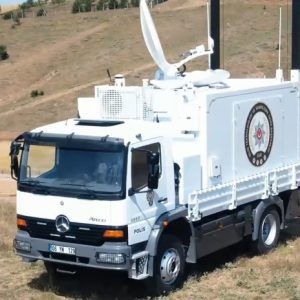At the Commercial UAV Expo in Las Vegas (2–4 September 2025), senior leaders framed a decisive shift: AI in the drone industry is moving operators from stick-and-rudder piloting to system orchestration, data stewardship, and mission assurance. The outcome is a redefinition of skills, governance, and ROI: who “flies” the aircraft is now less relevant than who designs the workflow, certifies the data, and closes the loop to business value.
Key Facts
Commercial UAV Expo 2025 panels highlighted autonomy, AI agents, and workforce upskilling as the next growth levers [1].
Enterprise programs are standardizing around easier hardware, integrated software stacks, and customer-driven product co‑development [1].
Regulatory pragmatism will pace adoption; alignment with FAA/EASA frameworks remains pivotal for scaling one‑to‑many operations [3][4].
From pilots to system managers: the new control room
A decade ago, many programs optimized for piloting excellence. Today, AI in the drone industry folds flight control into autonomy and concentrates human attention where it yields the highest leverage: mission planning, data interpretation, and safety cases. As multiple panelists stressed, the “job to be done” logic now dominates—operators curate sensors, automate repeatable tasks, and triage exceptions rather than hand‑fly airframes for routine sorties [1].
This shift has organizational implications. Teams increasingly resemble small systems integration cells: data engineers validate models, operations leads govern checklists and CONOPS, and domain specialists translate insights to business decisions. The practical message is clear: invest in process maps, not just pilot logs. That is where AI in the drone industry compounds time‑to‑value.
Scaling what works: design for repeatability
Panelists underlined that scaling isn’t merely buying more airframes. It is reducing friction: simpler ground control, robust fleet health monitoring, standardized payload kits, and SOC2‑ready data pipelines. When onboarding is easy, knowledge transfer accelerates; when the ecosystem is supportive—trainers, service providers, repair depots—uptime follows. In short, AI in the drone industry succeeds when workflows are productized and repeatable [1].
Utilities illustrated the point with a classic enterprise ask: test before you buy, then co‑develop to fit the domain. That pattern de‑risks deployment, ensures data fidelity, and sustains stakeholder trust over the life of the program. Commercial leaders should formalize these cycles—pilot ➝ feedback ➝ configuration baseline—so improvements become institutional assets rather than one‑off experiments.
What AI is good at now (and where it still needs a human)
Near‑term value from AI in the drone industry clusters around the analytics stack: automated defect detection, change detection in DT models, anomaly triage, and smart compression for bandwidth‑constrained links. These “low‑hanging fruit” cases convert raw imagery into tickets, alerts, and work orders—measurable outcomes that business leaders understand [1].
Physical‑world interaction (manipulation, precision close‑quarters tasks) remains harder. Precision landing in complex RF conditions, adaptive path planning in GNSS‑degraded corridors, and true dexterous robotics will require more R&D and clearer regulatory scaffolding. The strategic stance: keep a human in—and over—the loop for safety‑critical calls. That human‑centered design principle is a cornerstone as AI in the drone industry expands from analytics into actuation [1][3].
Regulation, trust, and the road to one‑to‑many ops
BVLOS waivers, SORA‑based risk assessments, and standardized training pathways will determine the speed at which fleets transition from one‑to‑one to one‑to‑many supervision. While industry narratives increasingly position operators as analysts or managers, regulators will calibrate that shift step‑by‑step. Building trust—with authorities, customers, and the public—requires transparent safety cases, rigorous incident reporting, and audit‑ready data trails. Leaders deploying AI in the drone industry should budget for governance as a first‑order capability, not an afterthought [3][4].
Strategy note: Treat autonomy as a continuum, not a switch. Articulate which functions are automated, which are supervised, and which are human‑only. Align training, SLAs, and insurance accordingly.
Workforce readiness: hire for thinking, train for tooling
The talent profile is evolving. Instead of recruiting only ace pilots, programs now need system managers who can interrogate datasets, reason about failure modes, and communicate risk to executives. In practice, that means re‑skilling around data literacy, MLOps hygiene, and safety management systems. It also means teaching teams how to pair with AI agents so humans concentrate on boundary‑setting and exception handling—the cognitive work that distinguishes resilient operations. This is where AI in the drone industry becomes a force multiplier, not a black box [1].
A deployment blueprint for enterprise leaders
For organizations standing up or expanding programs, three moves consistently separate high‑performers:
1) Start with the outcome. Define the decision you want the data to enable, then engineer backwards: sensor envelope, flight profile, latency budget, storage policy. Anchor pilots to measurable KPIs—inspection cycle time, outage minutes avoided, insurance premiums reduced. This keeps AI in the drone industry subordinate to mission value rather than novelty.
2) Productize the workflow. Standardize checklists, error codes, and metadata schemas. Automate with care—log every inference and action for traceability. Adopt versioned SOPs so you can train fast and audit faster.
3) Invest in governance. Treat safety cases, data retention, and model risk management as core infrastructure. Align your controls with FAA/EASA guidance to de‑risk approvals and insurer scrutiny. Build trust before you need it [3][4].
Internal context: naval aviation’s automation arc
For Defence Agenda readers tracking autonomy at sea, recent progress in shipborne unmanned helicopters shows how adjacent domains are converging on similar operating models: fewer stick inputs, more systems thinking. Lessons on maintenance, deck handling, and command‑and‑control resilience rhyme with enterprise drone playbooks [2].
Conclusion: the operator becomes a systems strategist
As autonomy matures, the drone program’s center of gravity moves from aircraft to outcomes. The winning organizations will align roles, training, and regulation around that reality—keeping humans in the loop while letting automation do the heavy lifting. In that trajectory, AI in the drone industry is not a destination; it is an operating principle for safer, faster, more scalable missions.
Further Reading
- Commercial UAV Expo 2025: Autonomy, AI, and workforce transformation panel recap [1].
- FAA UAS: Rulemaking, waivers, and BVLOS resources [3].
- EASA UAS: Categories, SORA, and operations guidance [4].
- Defence Agenda analysis: Shipborne unmanned helicopters and autonomy at sea [2].
References
[1] DRONELIFE – Navigating the Future of the Drone Industry: Autonomy, AI, and Workforce Transformation (accessed Sep 2025).
[2] Defence Agenda – China transitions shipborne unmanned helicopters to fleet service.
[3] FAA – Unmanned Aircraft Systems (UAS).
[4] EASA – Civil Drones (UAS).











